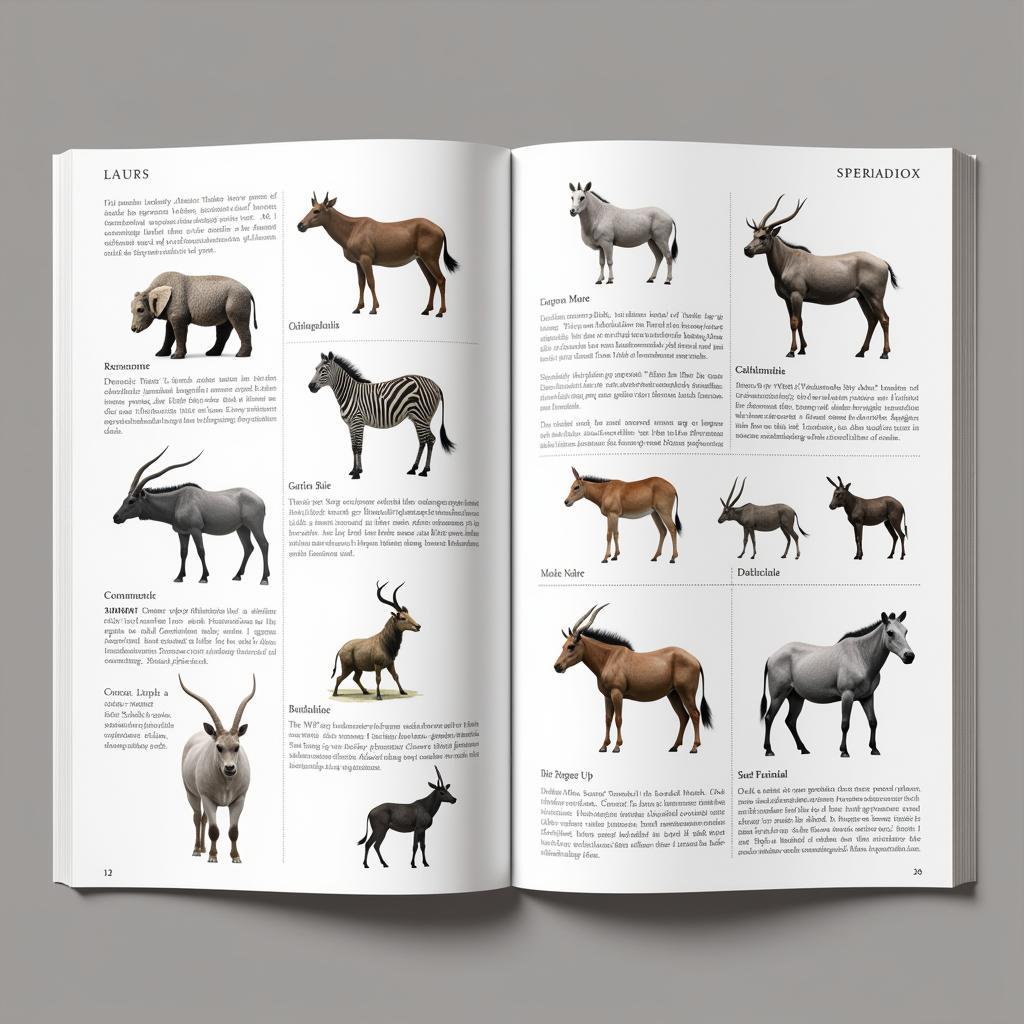Mastering the Allure of African Ballroom Dance Hip Moves
African ballroom dance, with its vibrant energy and captivating hip movements, offers a unique blend of tradition and modern flair. From the rhythmic sway of the hips to the intricate footwork, this dance style embodies the spirit of African culture and tells stories through movement. This article explores the mesmerizing world of African Ballroom Dance Hip Moves, delving into their cultural significance, techniques, and the sheer joy they bring to both dancers and spectators.
Unraveling the Rhythms: A History of African Ballroom Dance Hip Movements
The hip movements in African ballroom dance aren’t merely aesthetic; they are deeply rooted in the continent’s diverse cultural heritage. These movements often symbolize fertility, strength, and connection to the earth. They’ve evolved over centuries, influenced by traditional dances from various regions, each with unique characteristics and storytelling elements. Understanding this rich history allows us to appreciate the depth and meaning behind every sway and gyration. The evolution of these moves reflects the adaptation of traditional dances to contemporary ballroom styles, creating a captivating fusion.
From the sinuous movements of West African dances like the Azonto to the energetic steps of Southern African styles like Pantsula, the hips play a central role in conveying emotion and narrative. These traditional influences have seamlessly integrated into modern ballroom forms, enriching the dance with cultural depth and dynamic movement.
The Art of the Sway: Techniques and Tips for Perfecting African Ballroom Dance Hip Moves
Mastering the hip movements in African ballroom dance requires a combination of flexibility, control, and a deep understanding of the rhythm. While the movements appear fluid and effortless, they are built on a foundation of precise technique. Let’s break down some key aspects:
- Isolation: Focus on isolating your hip movements from the rest of your body. This allows for greater control and precision, preventing unnecessary movement in the upper body.
- Weight Transfer: Shift your weight smoothly from one leg to the other, using your core muscles to control the movement and generate momentum for your hips.
- Rhythm and Timing: Listen attentively to the music and feel the beat. Synchronize your hip movements with the rhythm, creating a seamless flow between music and motion.
- Fluid Motion: Avoid jerky or abrupt movements. Strive for smooth, continuous hip circles and sways, creating a visually captivating performance.
Practicing these techniques will not only improve your dance skills but also deepen your connection to the cultural essence of African ballroom dance.
Finding the Groove: Exploring Different Styles of African Ballroom Dance Hip Movements
Within African ballroom dance, there’s a spectrum of hip movement styles. From the subtle undulations of Rumba to the more pronounced gyrations of Kwasa Kwasa, each style offers a unique flavor and challenges dancers to explore different facets of their movement vocabulary.
Kwasa Kwasa: The Energetic Pulse
Kwasa Kwasa, originating from Congo, is known for its vibrant and energetic hip movements. The dance emphasizes rhythmic thrusting and circular motions, creating a pulsating energy that’s both captivating and exhilarating.
Rumba: The Subtle Allure
Rumba, often considered a more sensual style, features smoother, more undulating hip movements. The focus is on controlled, fluid motion, creating an alluring and intimate atmosphere.
Exploring these various styles not only broadens your dance repertoire but also allows you to appreciate the diverse expressions within African ballroom dance.
What are the common mistakes to avoid when performing African ballroom dance hip moves?
Common mistakes include stiff movements, lack of isolation, and poor rhythm. Focusing on fluid motion, core engagement, and listening to the music are crucial for avoiding these pitfalls.
Conclusion: Embracing the Spirit of African Ballroom Dance
African ballroom dance hip moves are more than just steps; they are a celebration of culture, rhythm, and the human body’s expressive potential. By understanding their historical roots, mastering the techniques, and exploring the diverse styles, you can truly embrace the spirit of this captivating dance form. So, let the rhythm move you, and experience the joy and connection that African ballroom dance has to offer.
FAQ
- What is the cultural significance of hip movements in African dance?
Hip movements often symbolize fertility, strength, and connection to the earth. - How can I improve my hip isolation in African ballroom dance?
Practice isolating your hip movements from your upper body by focusing on core engagement. - What are some popular styles of African ballroom dance?
Popular styles include Kwasa Kwasa and Rumba. - What are common mistakes to avoid when performing hip movements?
Avoid stiff movements, maintain good posture, and synchronize with the rhythm. - Where can I learn more about African ballroom dance?
You can find numerous resources online and in dance studios that offer specialized classes. - What is the key to mastering the hip movements?
Consistent practice and a deep understanding of the rhythm are key. - How can I incorporate more fluidity into my hip movements?
Focus on smooth transitions and avoid jerky motions.
You might also be interested in exploring other African dance styles like african american dance history timeline.
For further information or assistance, please contact us: Phone: +255768904061, Email: [email protected], or visit our office at Mbarali DC Mawindi, Kangaga, Tanzania. Our customer service team is available 24/7.


